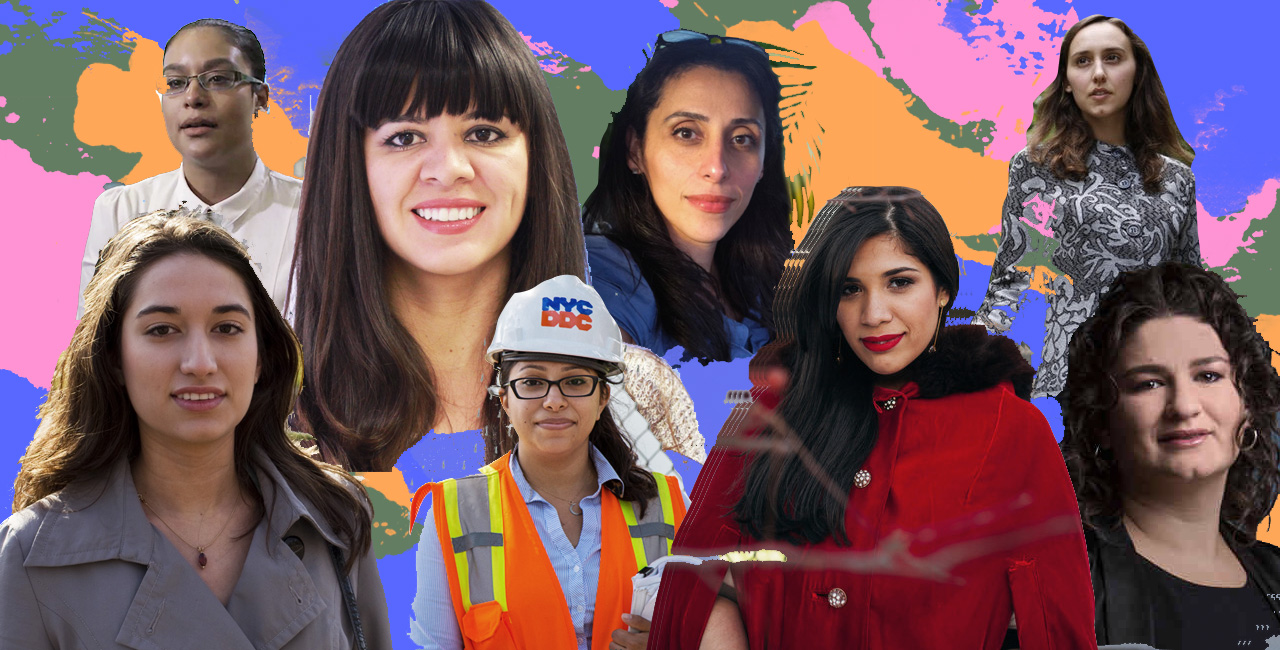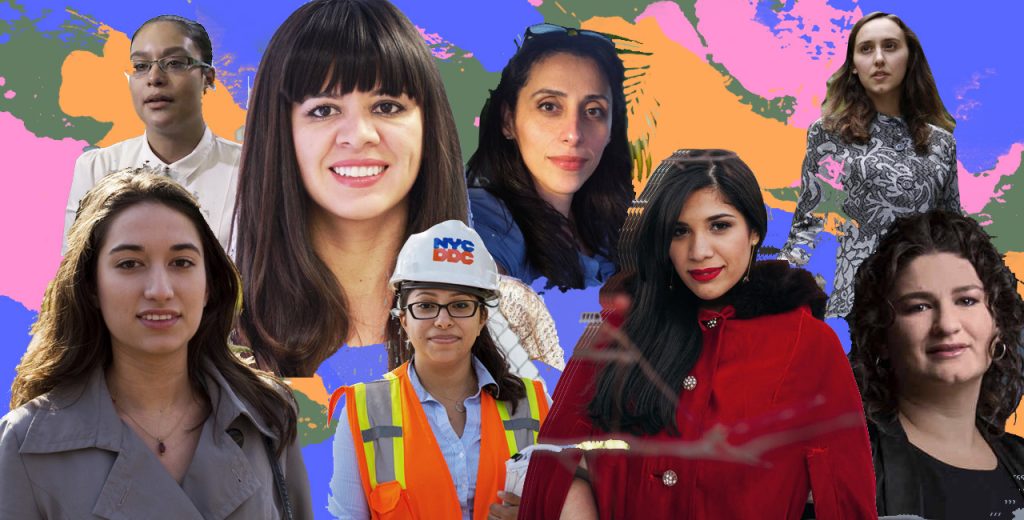As the job market rapidly changes, STEM – science, technology, engineering, and math – skills have become increasingly valuable. These careers are among the fastest-growing and highest-paying, yet Latinas only account for 3 percent of the industry.
Believing that lucrative STEM fields can pull low-income communities of color out of poverty and instill young girls and women with financial independence, groups across the nation have emerged to pique the interest, educate and mentor Latinas in STEM. In Miami, CODeLLA offers Latinas between the ages of 8 and 12 an eight-week tech entrepreneurship and coding immersion program. In Chicago, Latina Girls Code hosts workshops and hackathons that teach brown girls and teens technology languages and entrepreneurial skills. In Los Angeles, DIY Girls provides underserved female youth, 97 percent of them Latina, from fourth to eighth grade with after-school classes and summer programs where they build prototypes of products that can improve a problem in their community. Even Eva Longoria, whose master’s thesis from Cal State Northridge focused on Latinas in STEM careers, started TECHNOLOchicas, a nationwide campaign to increase visibility of brown women in these fields and educate Latino families of the opportunities STEM can provide their girls.
While STEM outreach programs are doing great and necessary work, the reality for women of color in tech or engineering isn’t as alluring as it’s made out to be. Women make up almost half of all STEM graduates, though just 3.5 percent of bachelor’s degrees awarded in STEM fields in 2010 went to Latinas, yet they account for less than a quarter of all graduates in the 20 highest-paying STEM jobs. In contrast, they make up the majority, two-thirds, of the 20 lowest-paying gigs. For those who manage to get fat paychecks, many face almost everyday instances of discrimination and microaggressions, from sexual harassment to painful double standards. The problem is twofold for women of color, who face gender and racial/ethnic biases. In fact, a study by UC Hastings College of Law published in 2015 found that 46.9 percent of Latina scientists reported that they had been mistaken for administrative or custodial staff.
Despite all the odds, there are several Latinas in STEM breaking glass ceilings, solving major scientific problems, creating innovative products that save lives, and creating programs for young Latinas that ensure the presence of women of color in science, technology, engineering and math isn’t as modest in the next generation. Here are 10 Latina engineers, physicists, techies, and STEM activists kicking ass in fields they’re widely underrepresented in.
1
Sabrina González Pasterski
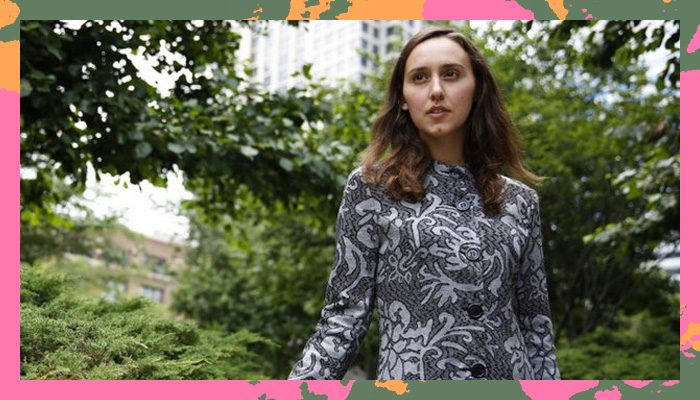
The world’s “next Albert Einstein” is a cubana from Chicago – at least that’s how Harvard University describes Sabrina Gonzalez Pasterski. At just 24 years old, the physicist has a résumé that even veterans of her field can’t match. Gonzalez Pasterski, who’s a doctoral student at the ivy league studying high energy physics, started showing signs that she’d break barriers in 2003, back when the then-10-year-old started taking flying lessons. Three years later, she started to build her first kit aircraft. By 2008, it was considered airworthy.
These days, Gonzalez Pasterski, who studies black holes and spacetime, particularly trying to explain gravity within the context of quantum mechanics, has been cited by the likes of Stephen Hawking and Andrew Strominger, been offered jobs by NASA and Blue Origin, an aerospace research and development company Amazon.com founder Jeff Bezos also started. She’s also received hundreds of thousands of dollars in grants to support her work.
2
Laura I. Gomez
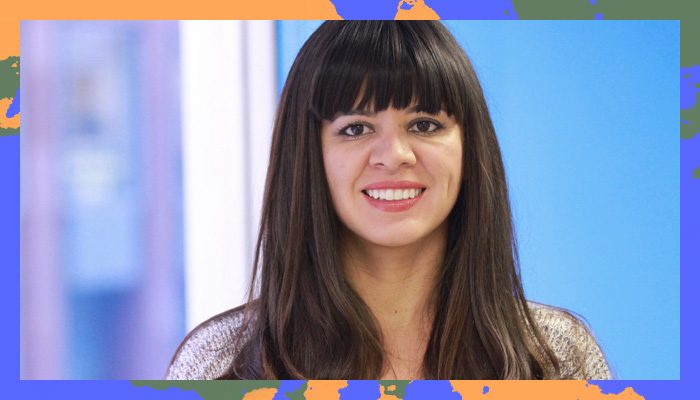
Mexicana Laura I. Gomez is one of the leading ladies in tech. At 17, when the formerly undocumented immigrant first obtained a work permit, she took an internship with Hewlett-Packard. Seeing no one like her in the workplace, she instantly wanted out. However, she decided to stay in the field after her mother, who saw a lucrative career for Gomez in tech, encouraged her to stay. Gomez would go on to work as one of the only Latinas at Google and YouTube, and then she became a founding member of Twitter’s international team, where she led Twitter en Español.
Being underrepresented in the tech world and experiencing discrimination, Gomez decided to do something about it, founding (and acting as CEO of) Atipica in 2015. It’s a recruiting software start-up that uses artificial and human intelligence to help companies make bias-free decisions when hiring employees.
3
Nicole Hernandez Hammer
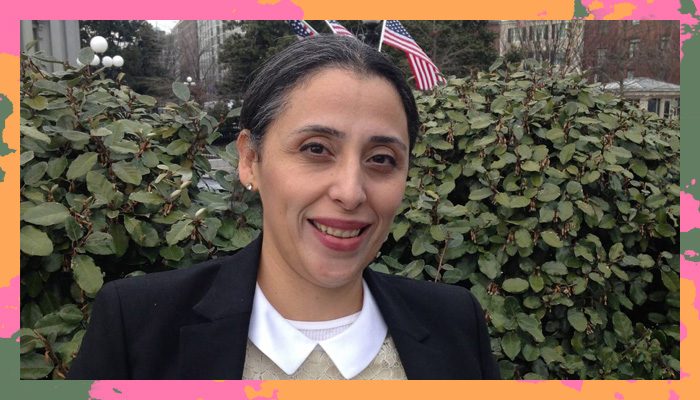
Nicole Hernandez Hammer is a sea-level researcher and environmental justice activist who educates and mobilizes the Latino community to understand and address the ways in which climate change negatively impacts them. The Guatemalan-Cuban advocate speaks from personal experience as well as academic knowledge. When Hernandez Hammer was four years old, she and her family moved from Guatemala to South Florida. There, she learned firsthand about the effect of rising sea levels.
During Hurricane Andrew, when she was 15 years old, her house – much like the homes of other Latino families near coastal shore lines – was destroyed. She felt “obligated” to learn more about the issue, and went on to study biology and the natural sciences. Hernandez Hammer was the assistant director of the Florida Center for Environmental Studies at Florida Atlantic University, authoring several papers on sea level rise projections, before moving into advocacy. She served as the Florida field manager for Moms Clean Air Force and is now a climate science and community advocate at the Union of Concerned Scientists. In 2015, she was former first lady Michelle Obama’s guest at the State of the Union Address.
4
Alissa Chavez
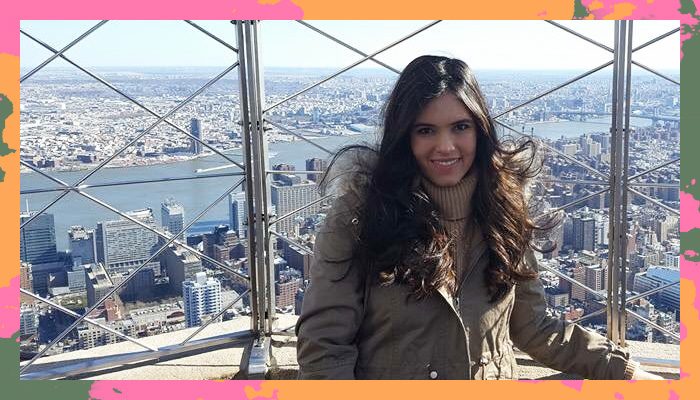
At just 17 years old, Alissa Chavez had a patent for a device that could prevent babies and children who’ve been left alone in cars from dying of heat strokes. Her invention, “The Hot Seat,” includes a pad that is placed inside a car seat or booster seat as well as an alarm in a car, keychain and app that are activated as the heat of the pad rises. “It’s loud enough to grab people’s attention around the vehicle, as well as remind the parent on their key fob or their cell phone,” Chavez told NBC in 2014.
The idea came to the Albuquerque, New Mexico native, whose mother owns a daycare, when she was in middle school, and landed her a “Good Samaritan” award from Mayor Richard Berry. Now 20 years old, the device she thought up at 11 years old is for sale at www.babyhotseat.com for $79.99. It’s the first product of her small business Assila (her name spelled backwards), which will produce merchandise for children.
5
Diana Sierra
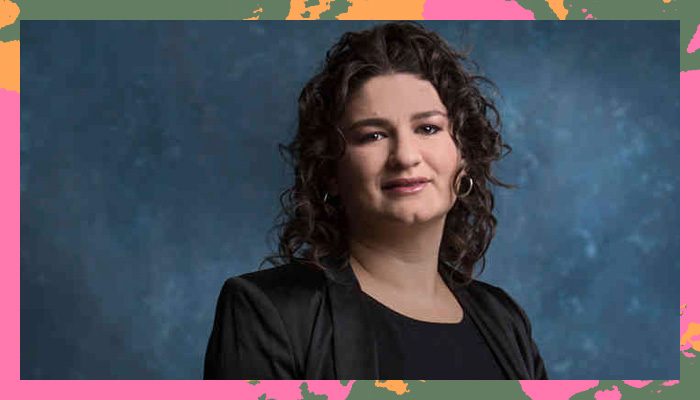
Diana Sierra is the co-founder of Be Girl, a social enterprise designing affordable, high-quality and reusable menstrual materials for destitute women and girls around the world. The Colombian industrial designer started Be Girl in 2012 after learning how many young women around the world drop out of school because they don’t have items to manage their periods. The lack of sanitary supplies led to self-esteem problems and, as women without a formal education, economic disadvantages as well. Through her design, Sierra hopes to help destigmatize menstruation, keep girls in school, and prevent non-biodegradable waste that disposable pads contribute to.
6
Vanessa Galvez
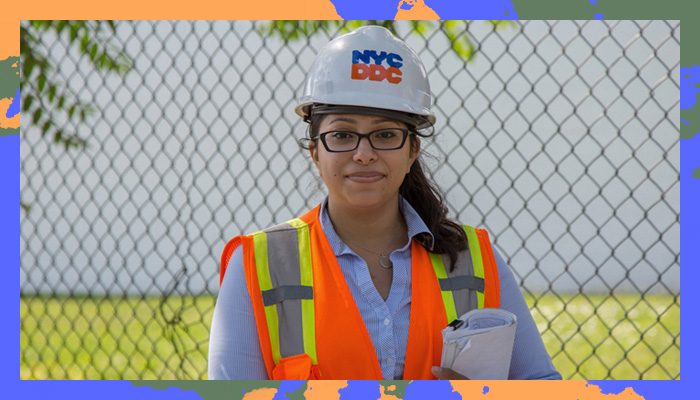
Vanessa Galvez is a civil engineer using her skill and insight to benefit her community. In 2016, the Queens, New York native and resident engineer for the New York City Department of Design and Construction oversaw the institution of 164 biowales in Maspeth, Queens. Bioswales are beautiful natural areas of engineered soil and water-absorbent plants located on sidewalks near stormwater catch basins.
“The bioswales will be collecting the water to saturate the soil, to water the plants and the trees. It will beautify the neighborhood and disperse and clean the water to an extent,” Galvez told Latin Trends last year. The Salvadoran civil engineer attended NYU’s Tandon School of Engineering, graduating in 2012, after watching and being inspired by a documentary about the Army Corps. of Engineers’ response to levee failure in New Orleans after Hurricane Katrina.
7
Scarlin Hernandez
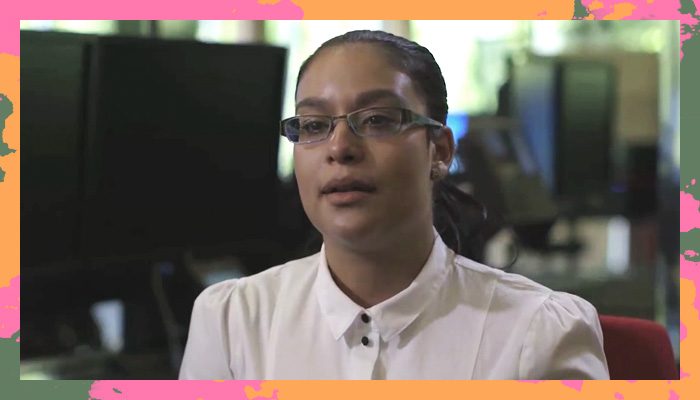
Baltimore-based Scarlin Hernandez is a spacecraft engineer for the James Webb Space Telescope, which will be used by NASA to discover new planets. As part of her gig, she tests and verifies the ground systems that will be used to command and control the telescope when it’s launched into space in October 2018. In 2013, the quisqueyana received a full scholarship from the National Science Foundation to study computer engineering, later realizing she was more interested in astronautical engineering, at the Capitol Technology University in Laurel, Maryland.
During that time, she interned at NASA’s Goddard Space Flight Center and was a member of the ground control system team for the Tropical Rainfall Measuring Mission (TRMM) satellite. When Hernandez, who was born in the Dominican Republic and moved to the U.S. at age 4, is not developing procedures that will be executed on the 10-year mission, she’s helping others. She mentors students at her alma mater and also started a women’s empowerment program at her institute. “I want to be able to motivate people and tell them they can do it, they can go after their dream. Sometimes they just need to see that one person who fought all of the odds,” she says in video for NASA.
8
Gabriela Farfan
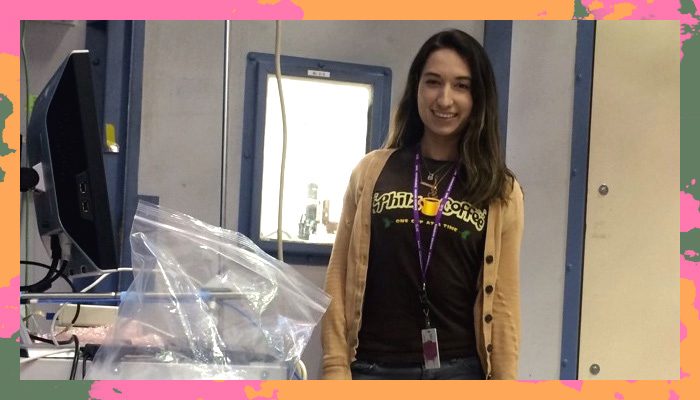
Gabriela Farfan is a mineralogist. She has studied rocks since she was just a child in Wisconsin. “I knew from the time I was a kid that I wanted to get a PhD in geology,” she told PAOC in March. She was close. Currently, the chilena is a four-year graduate student at MIT-Woods Hole Oceanographic Institution (WHOI) Joint Program in Oceanography, where she studies chemical oceanography.
When Farfan was a freshman geology major, she won an Intel Science Talent Search award for her independent research describing why some gemstones appear to change color when looked at from different angles. Her findings landed her an invitation from former first lady Michelle Obama to attend the 2010 State of the Union address. That year, the White House referred to her as one of the “outstanding young leaders in the scientific community.”
This year, the Mineralogical Society of America awarded her the Edward Kraus Crystallographic Research Grant, bringing the modern, multidisciplinary mineralogist one step closer to her dream of being a working scientist and a mineral curator at a natural history museum.
9
Stephanie Castillo
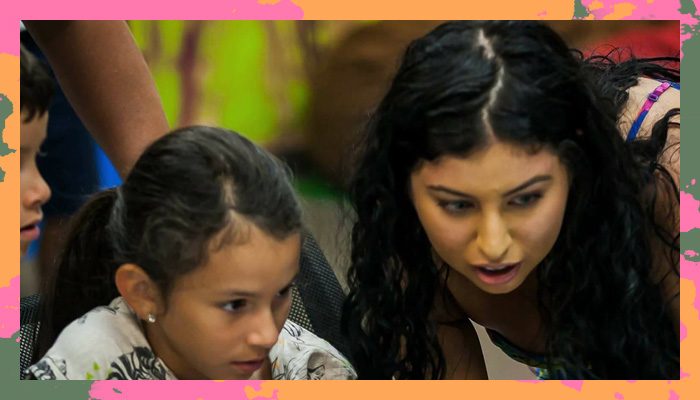
Stephanie Castillo is the woman behind Latina Girls Code (LGC), a Chicago-based program providing education and resources to young Latinas (between the ages of 7 and 17) interested in technology. With workshops, hackathons and weeks-long programs on technology languages and entrepreneurial skills, LGC aims to fill the diversity gap in STEM.
“It’s more than just a technological transformation for our communities that have been locked out of this resource,” Castillo, who co-founded LGC in 2014, told The Herald-News in July. “What we’re seeing is our students are facing unique experiences, unique circumstances.”
Castillo, whose parents are Mexican immigrants, is fit to help. When she’s not teaching the girls how to code or gifting them with laptops, she’s an immigration adviser, helping these same young Latinas, many of them undocumented, navigate further education and employment opportunities.
10
Patricia Valoy
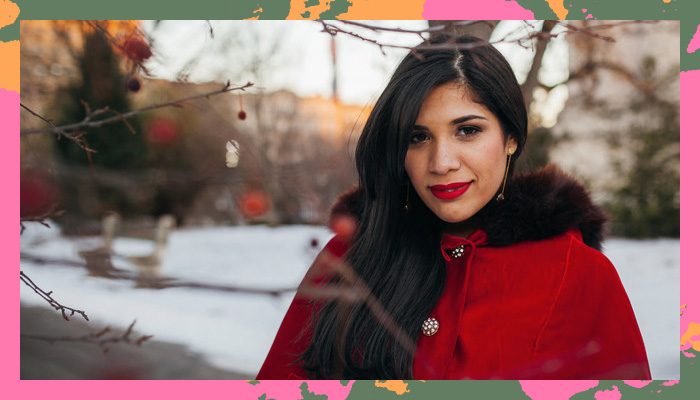
Patricia Valoy is a STEMinist, a feminist in the male-dominated world of STEM careers. The dominicana studied civil engineering at Columbia University, graduating in 2008, and worked as a project manager at a New York firm for almost a decade before leaving to pursue feminist diversity consulting in STEM full time this year. She often writes about the discrimination she experienced from the office to the construction site — from sexual harassment and double standards to female rivalry and gender pay gaps — on sites like Everyday Feminism and tours the nation to talk on gender bias in the industry, STEM outreach for girls and groups of color and working in male-dominated fields. In 2016, her story of resisting machismo in math and science made the cover of the Washington Post.



